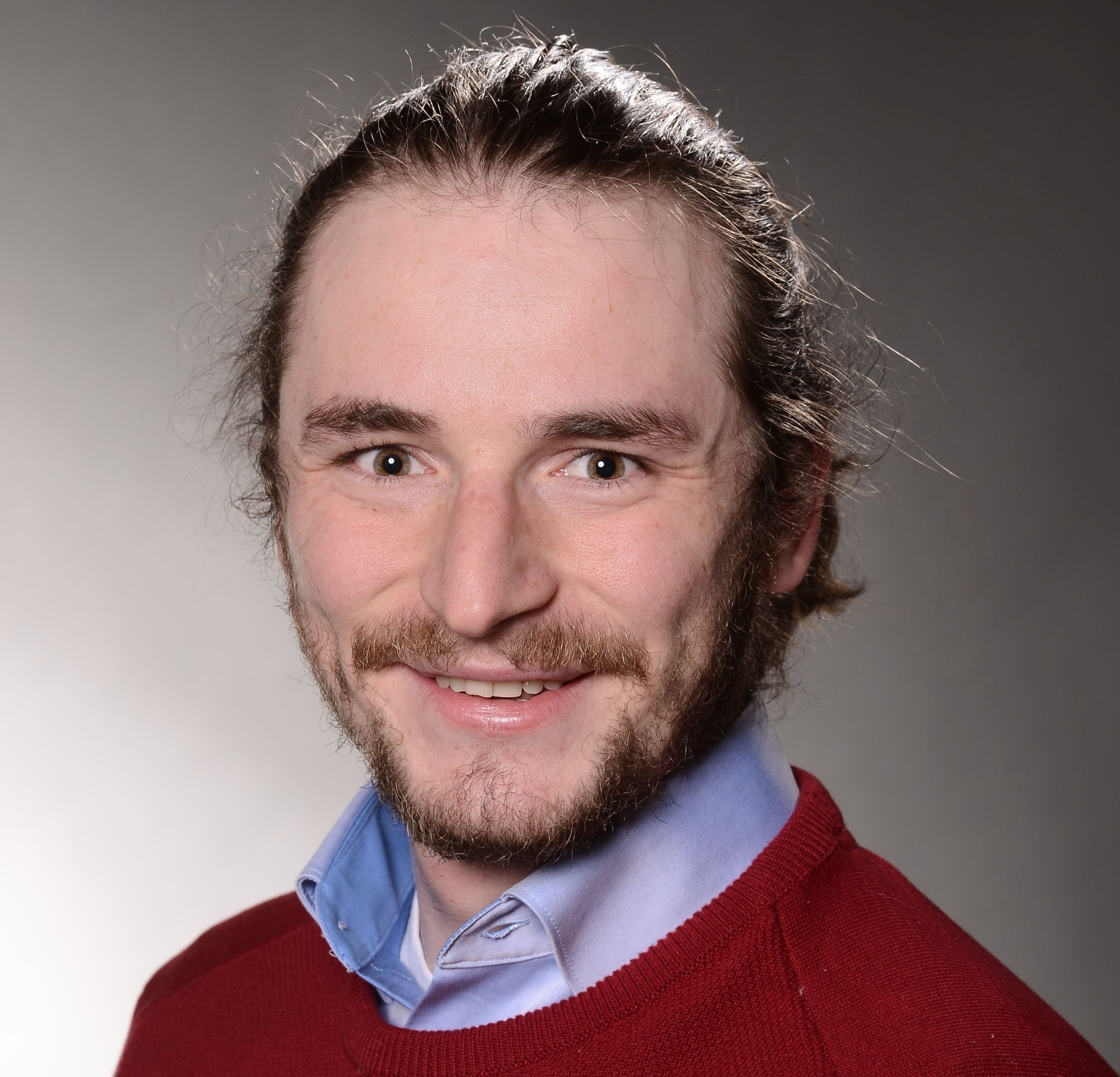Nikolas RÖMER-STANGE
| Office: | GEO building, room 4590 |
| Phone: | +49 421 218 - 65378 |
| E-mail: | nikolas.stange@uni-bremen.de |
| Other webpage(s): | Niko's faculty web page |

PhD Project
Seismic inversion for the assessment of the physical properties of the near surface – Theoretical considerations and practical implementation
It has always been one of the greatest challenges for marine researchers to gain spatial information about the seafloor and especially the sub-seafloor. The seismic reflection method proofed to be a reliable technique to deliver structural information of the sub-seafloor. Starting in the 1980s, it became feasible not only to gain structural but also physical information deriving physical properties by means of seismic inversion. Those inversion methods have been developed for hydrocarbon exploration. In contrast to the successful inversions for hard rocks and deep targets, there are only very few successful examples of inversion for the soft sediments in the uppermost hundreds of meters of the sub-seafloor. Nevertheless, this shallow part of the sub-seafloor being commonly described as the near surface is of great importance due to its key role in geo-biosphere interactions, understanding Quaternary geology or human impact and for offshore constructions. My PhD Project aims to establish inversion methods for near surface high resolution seismics at the University of Bremen and for the offshore wind industry. As a result of this project, we will be able to produce better seismic images of the sub-seafloor and images containing both structural and physical information. The near surface seismic inversion algorithms will be made available for academia.
The three main objectives of my thesis are (1) to optimize the acquisition of marine near surface seismic data for inversion, (2) to implement estimation methods for the low frequency trends being invisible to the seismic record and (3) to evaluate and implement inversion methods.
The described PhD project is embedded in the SynCore project being a cooperation of the Fraunhofer IWES, Fraunhofer ITWM, Innogy SE, GuD Consult and the University of Bremen. The SynCore project is funded by the Federal Ministry for Economic Affairs and Energy on the basis of a decision by the German Bundestag to foster the development of sustainable offshore energy production.
Thesis Committee
| Prof. Dr. Volkhard Spiess | University of Bremen |
| Prof. Dr. Thomas Bohlen | Karlsruher Institut für Technologie (KIT) |
| Dr. Hanno Keil | University of Bremen |
| Dr. Stefan Wenau | Fraunhofer Institute for Wind Energy Systems (IWES), Bremerhaven |
